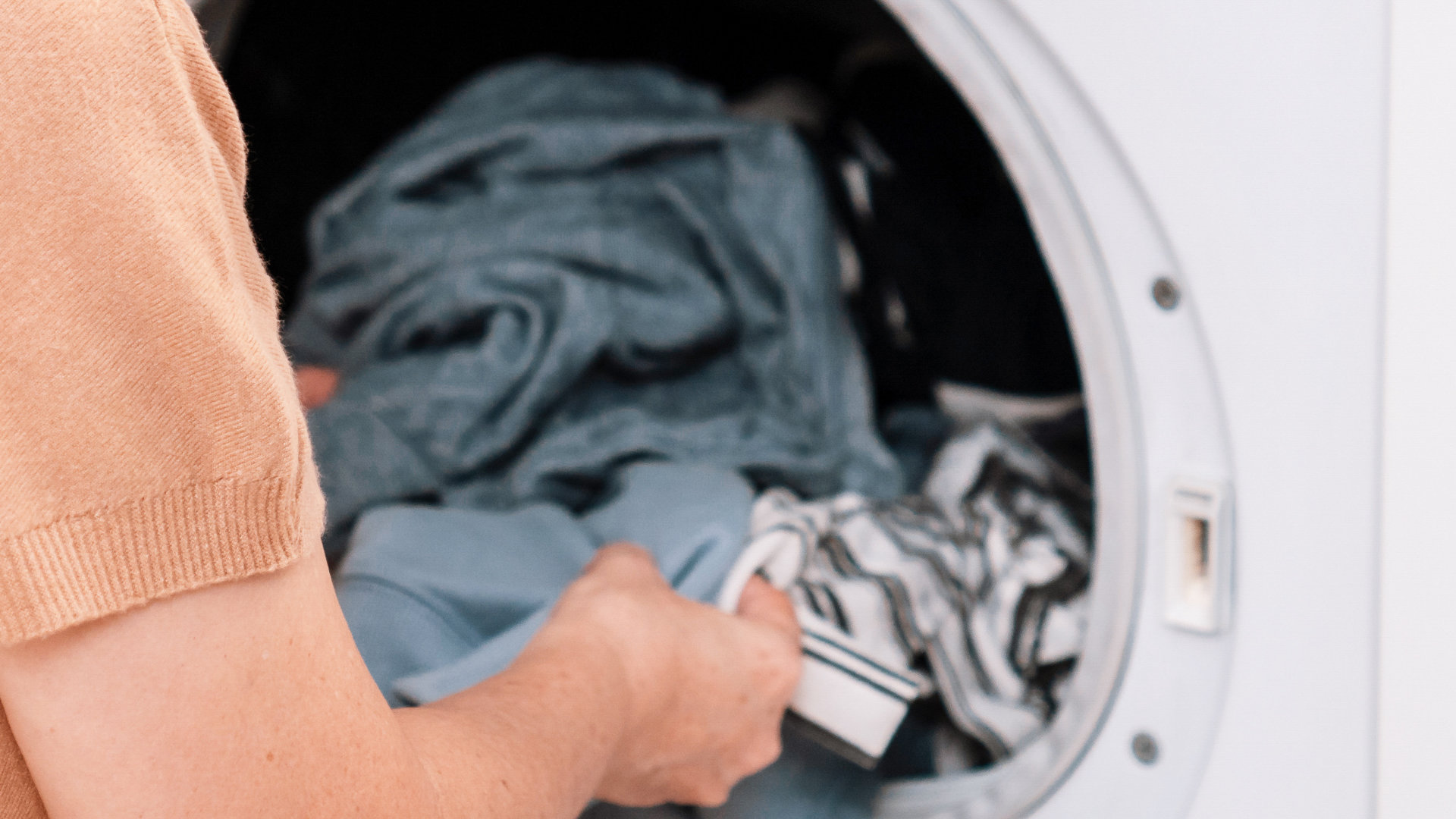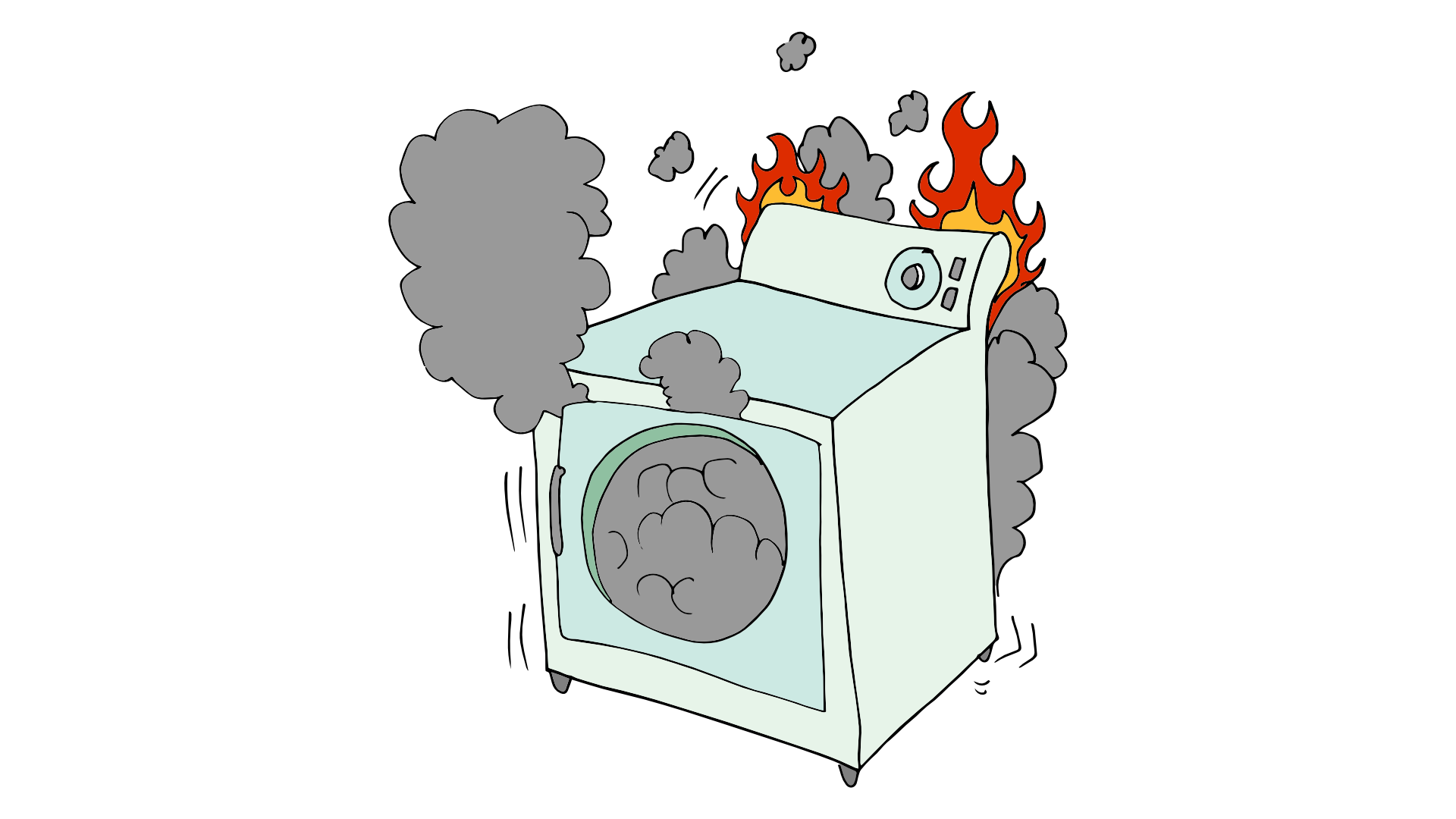
If your dryer is overheating, there are a few different issues that could be causing it. This guide outlines all the common causes, with instructions to fix them.
1. Blocked Ventilation
An overheating dryer is often the result of blocked ventilation. If the warm air produced by your dryer cannot get out through the ventilation, it will cause the dryer to overheat. A kink in the dryer’s exhaust hose may be causing the airflow to be restricted, so check that first. Lint, pet hair, or pieces of clothing also cause blockages. Lint traps should be cleaned out after every cycle.
To check if blocked ventilation is causing your dryer to overheat:
- Make sure the dryer is disconnected from the power.
- Unscrew or disconnect the dryer hose from behind the dryer.
- Use a vacuum attachment or ventilation cleaning kit to clean out the exhaust hose and the ventilation duct.
- Check that the ventilation duct flapper is working and not clogged.
2. Check the Heating Element
Another cause of a dryer overheating is a faulty heating element. The heating element heats the dryer air before going into the drum. Heating elements can buckle or dislodge and come into contact with the dryer drum or other components. If this happens, it can short to ground and cause the element to not turn off. Most dryers have a single wire coil located in a metal heating box. Some dryers have dual coil heating elements. These coils can also break and cause an overheating issue.
To check the heating element:
- Make sure the dryer is disconnected from the power.
- Locate the heating element, usually behind the dryer drum, inside the dryer cabinet.
- Remove the connector wires from the heating element.
- Use a multimeter to check for continuity.
- Put one probe on the heater box, and then test each terminal separately with the other multimeter probe. If either terminal shows continuity, it will need to be replaced, as it is grounded. Test a dual coil heating element the same way.
3. Cycling Thermostat
The dryer’s cycling thermostat can also cause your dryer to overheat. The cycling thermostat regulates the heat inside the dryer by cycling the heat on and off. Sometimes, the contacts inside the thermostat can become fused together, which causes the dryer to overheat.
To check the cycling thermostat:
- Make sure the dryer is disconnected from the power.
- Locate the cycling thermostat. On most models, it is found on the blower housing. In other models, it may be near the heat source.
- Unscrew the cycling thermostat from the dryer.
- Find the cycling thermostat’s rated temperature. Cycling thermostats usually have a temperature between 135-165 degrees Fahrenheit. Your cycling thermostat’s rated temperature should be stated on it.
- Use a multimeter to test for continuity, attaching the probes to the terminals. Note that some dryers have a cycling thermostat bias heater that is part of the cycling thermostat. The larger terminals are for the cycling thermostat.
- Test its continuity when heated up. Use a blow dryer to heat it. Do not warm it up too fast, as this will cause a bad reading.
- As it heats up, read the temperature with a thermometer. Make sure that it doesn’t break continuity before its rated temperature.
- Once you get past the rated temperature, check the meter again to make sure there is no longer continuity. If it loses continuity past its rated temperature or there is no continuity, the contacts inside have likely been fused together, and it will need to be replaced.
4. High-Limit Thermostat
The high-limit thermostat is a safety device that will cut off the heat if the dryer becomes too hot. If it is faulty, it will cause the dryer to overheat. High-limit thermostats have a rated temperature of 180 degrees Fahrenheit and above. The thermostat’s temperature should be stated on the part. You will need its rated temperature to check it for continuity when heated.
To check the high-limit thermostat:
- Disconnect the dryer from the power.
- Locate the high-limit thermostat, usually near the heating source, or on the blower housing.
- Remove the connectors and take the thermostat off the heating element to test it.
- Use a multimeter to test for continuity.
- Use a heat gun to test it at its rated temperature. Heat slowly to ensure a correct reading.
- Once you get past the rated temperature, it should lose continuity. If it does not, replace the part.
5. Cycling Thermostat Bias Heater
The cycling thermostat bias heater allows the dryer to use multiple temperature settings with only one cycling thermostat. Note that not all dryers have a cycling thermostat bias heater. If it fails, it can cause the lower temperature settings to run too hot.
To check the cycling thermostat bias heater:
- Disconnect the dryer from the power.
- Locate the bias heater, which is built into the cycling thermostat.
- Locate its terminals, which are the two smaller terminals on the cycling thermostat.
- Check the wiring diagram to find the bias heater’s specific ohm rating.
- Using a multimeter, set it to read for the bias heater’s ohm range.
- If the multimeter reading is not within the specified range, it will need to be replaced.
6. Thermistor
Thermistors are usually found in newer dryers that have a control board. Thermistors are designed to regulate the temperature along the control board. A faulty thermistor can cause the dryer to overheat by sending the wrong amount of resistance to the control board. Before proceeding, look in your dryer manual to see if there is a diagnostic mode to test the thermistor.
To check the thermistor:
- Make sure the dryer is disconnected from the power.
- Locate the thermistor, usually on the blower housing.
- Look in the dryer’s manual for the temperature and ohm reading chart to find the proper ohm range for the dryer’s thermistor.
- Test with a multimeter, making sure to test the correct ohm range.
- If the reading is off or you don’t get a reading, you will need to replace it. Note that the room’s temperature can affect the reading.
7. Blower Wheel
A faulty or clogged blower can also cause your dryer to overheat.
To check the blower wheel:
- Make sure the dryer is disconnected from the power.
- Locate the blower wheel, either behind the front panel or behind the rear panel inside the blower housing.
- Check that it is not clogged.
- Check that the blower wheel is not damaged and is attached to the motor shaft.
- If it is damaged or not spinning properly, it may not be restricting the airflow and causing the dryer to get too hot.
- Spin the blower. It should make the motor turn, as well as the drum. If it doesn’t, it will need to be replaced.
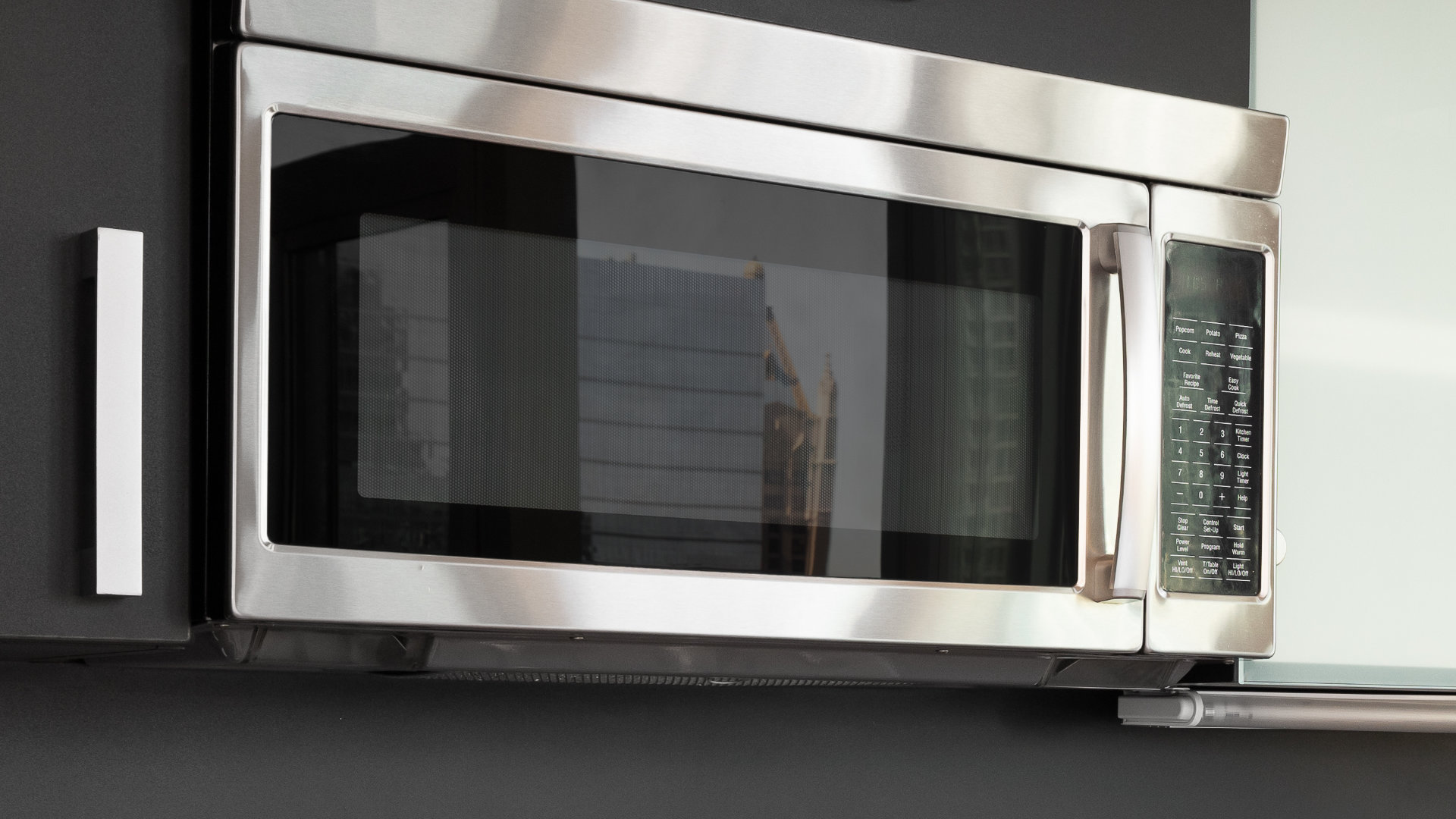
Your Guide to Whirlpool Microwave Replacement Parts
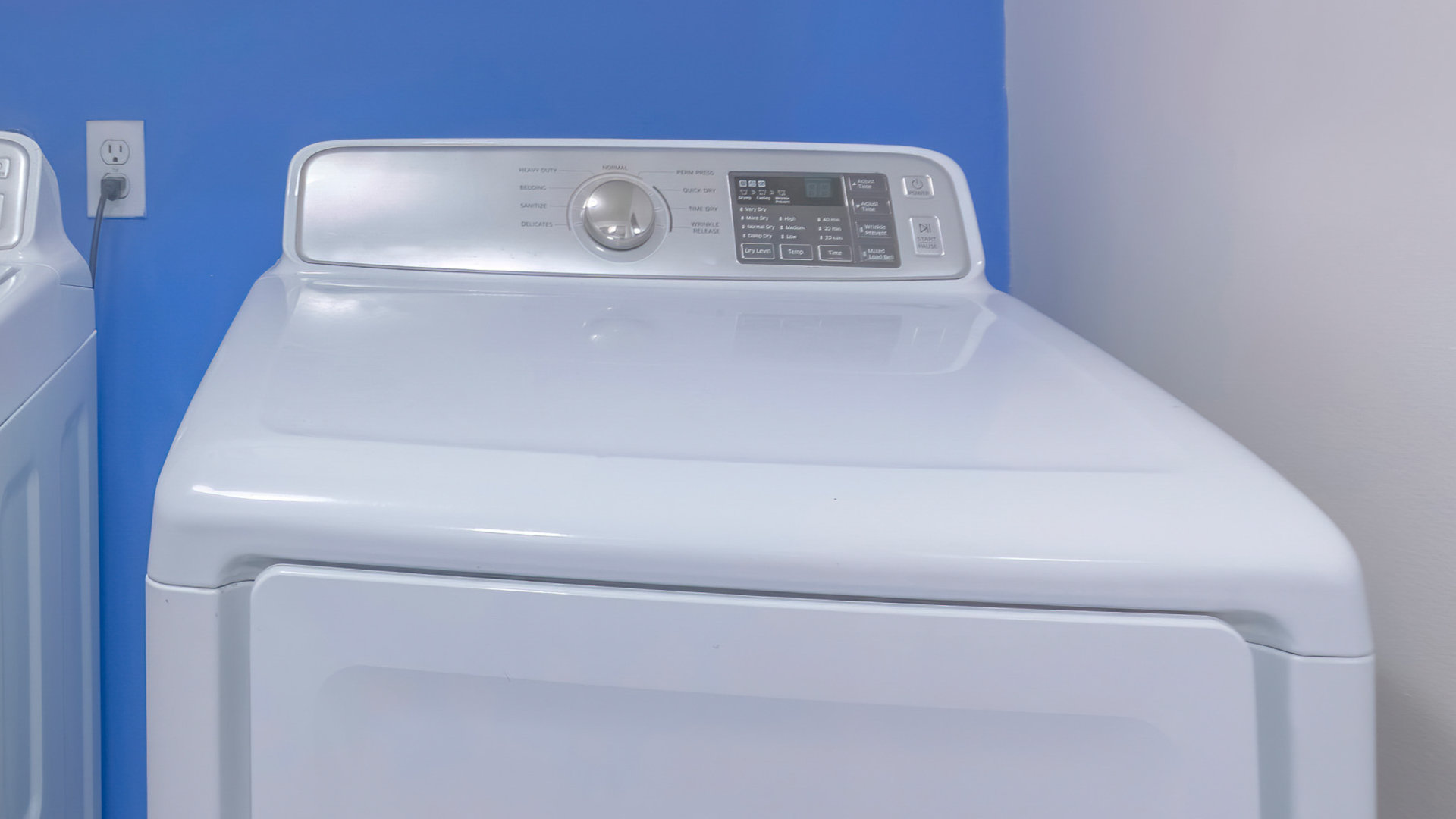
What to Do When Your Kenmore Dryer Won’t Start
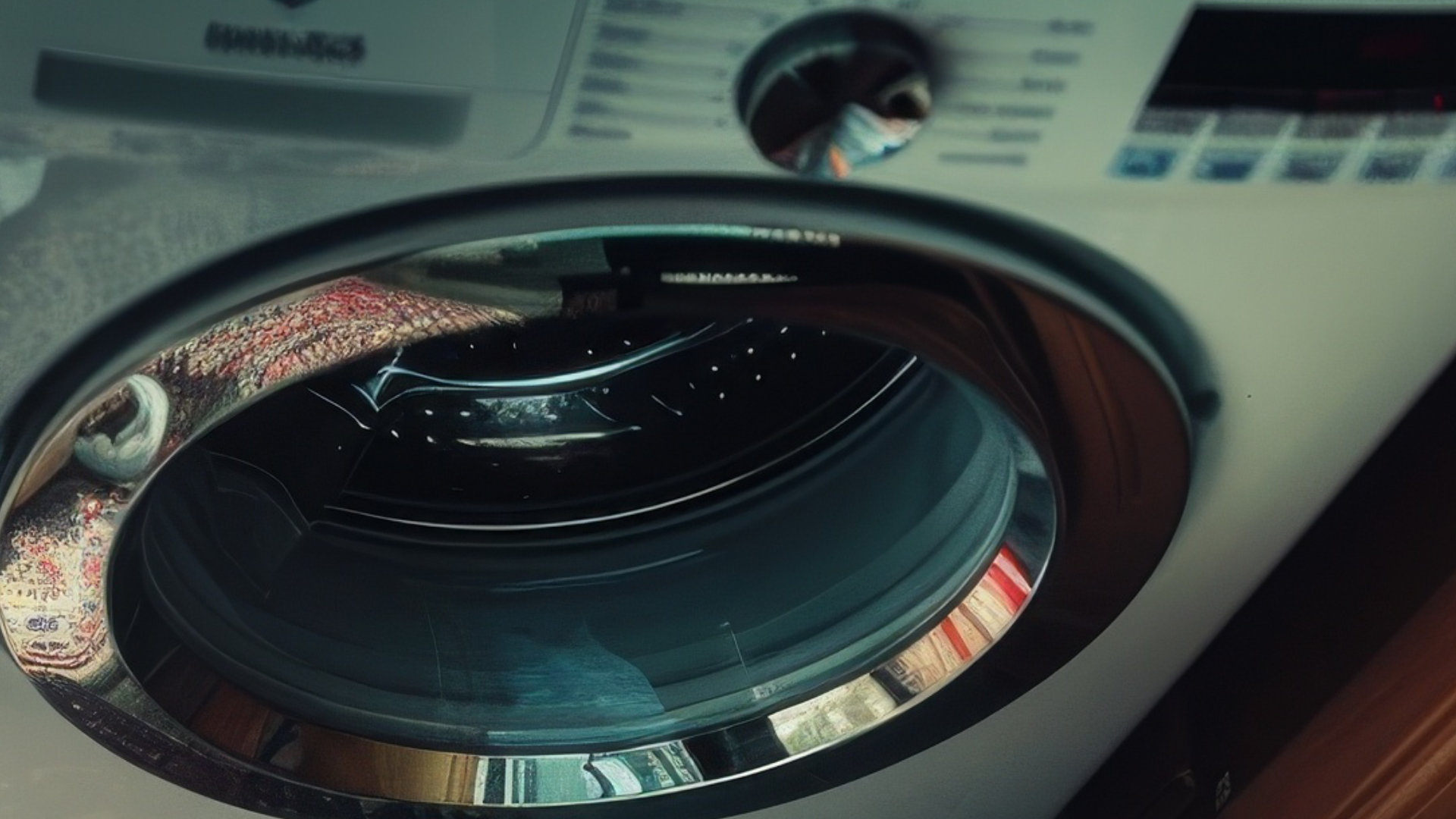
How to Resolve the LG Washer LE Error Code
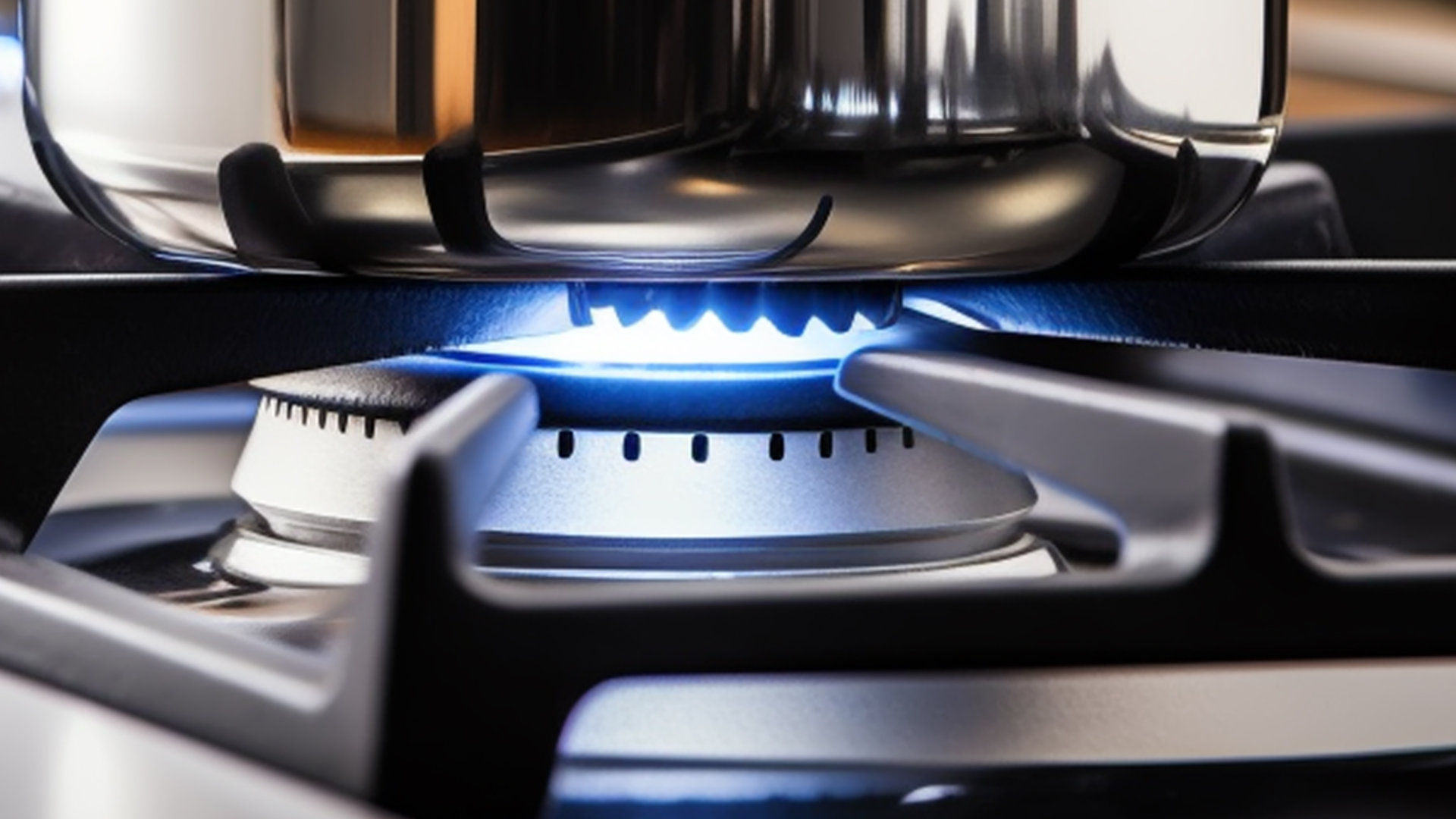
Why Does My Oven Smell Like Gas? Causes and What to Do
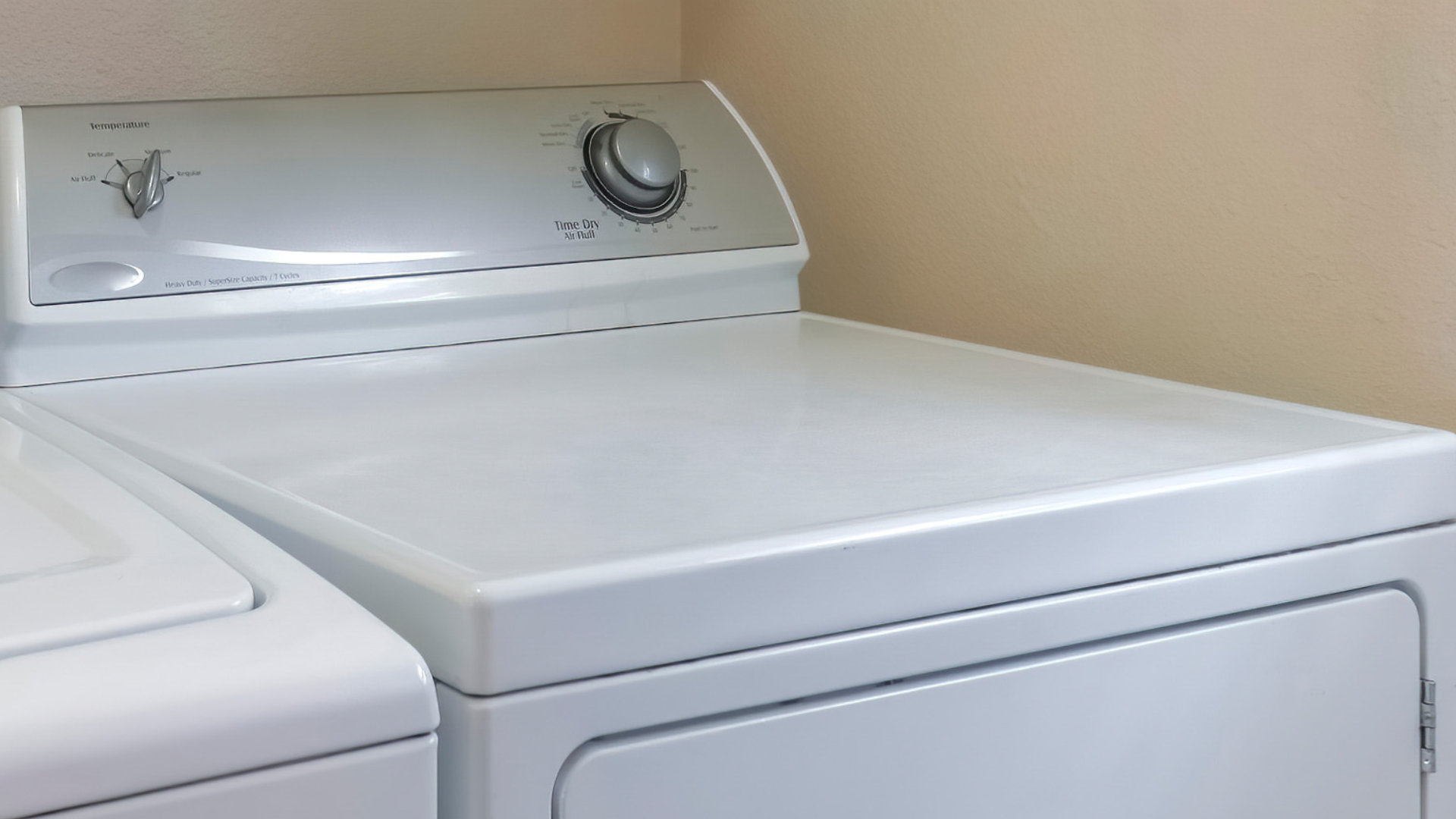
Maytag Dryer Not Heating? Here’s How to Fix It
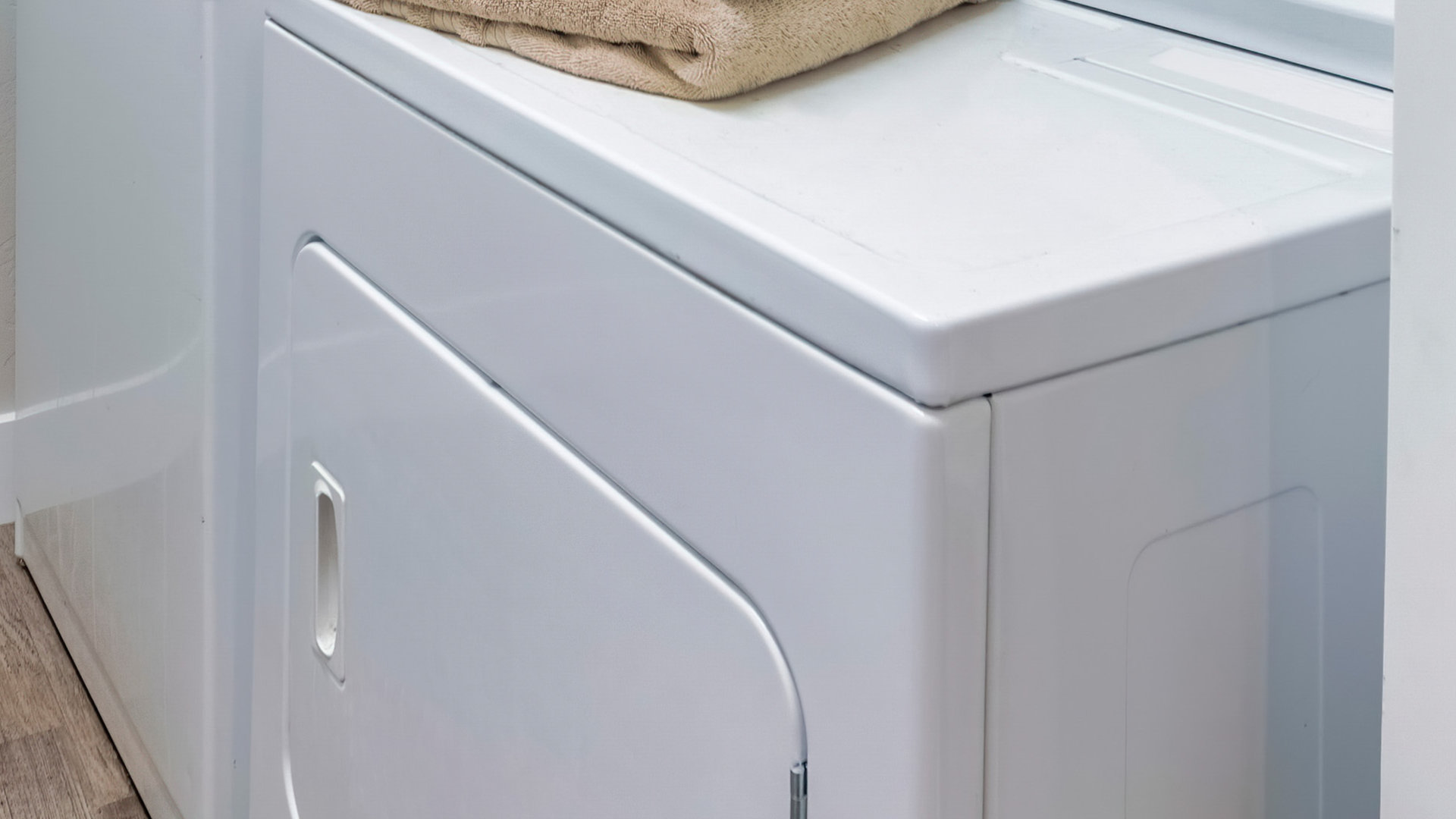
6 Common Reasons Your Speed Queen Dryer Isn’t Heating
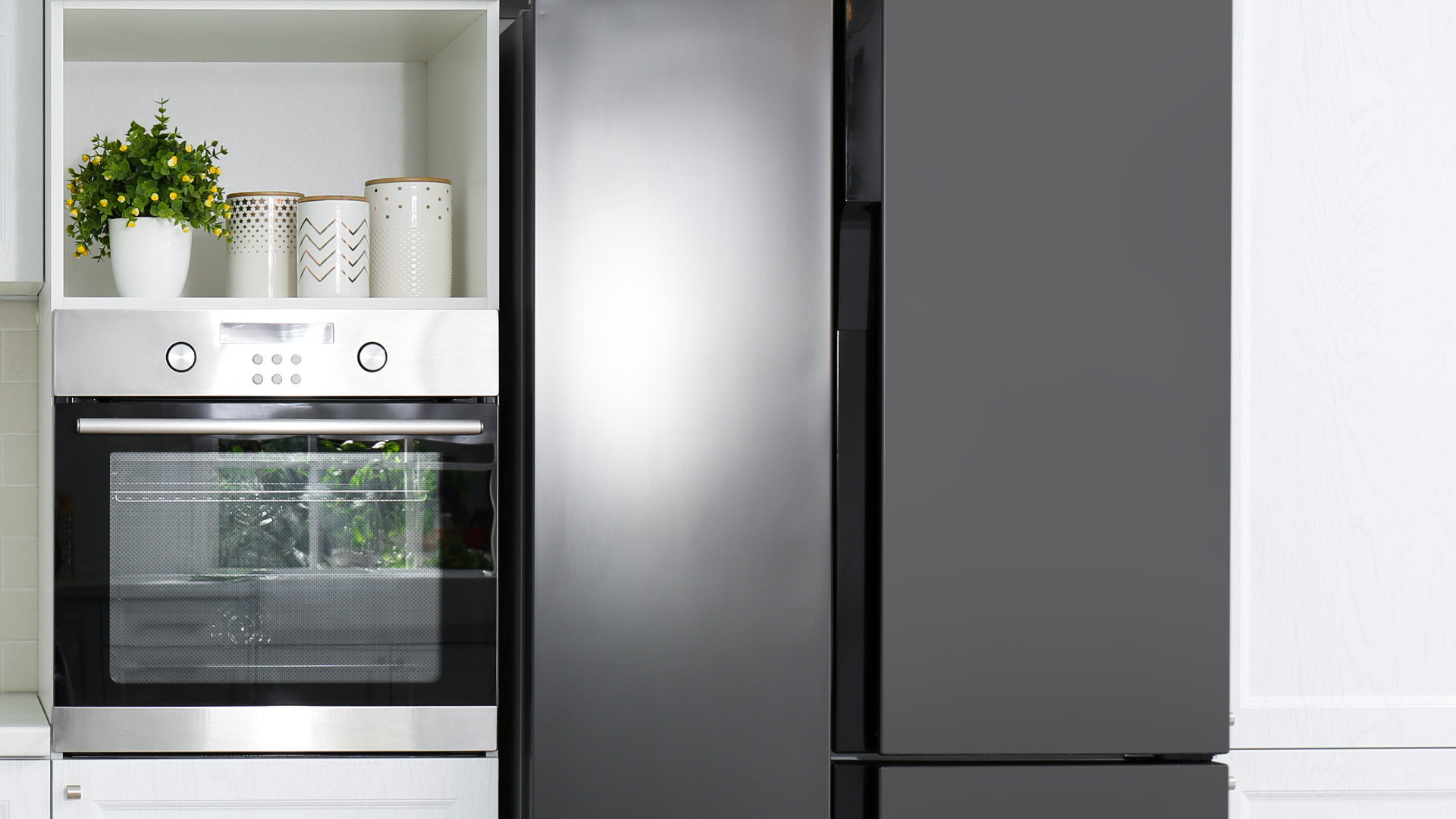
8 Reasons Your Samsung Refrigerator Is Not Cooling
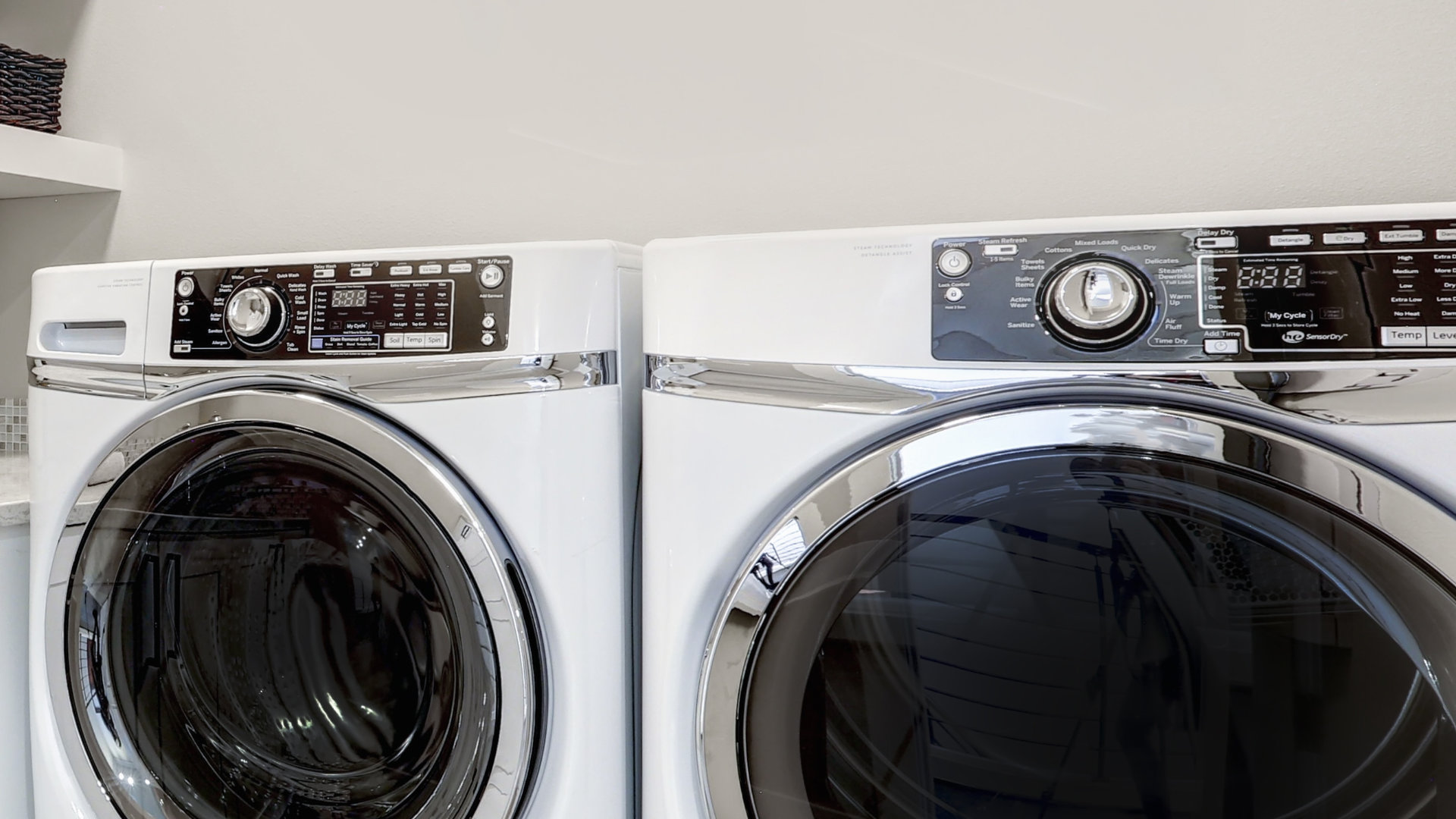
9 Most Reliable Washer and Dryer Brands
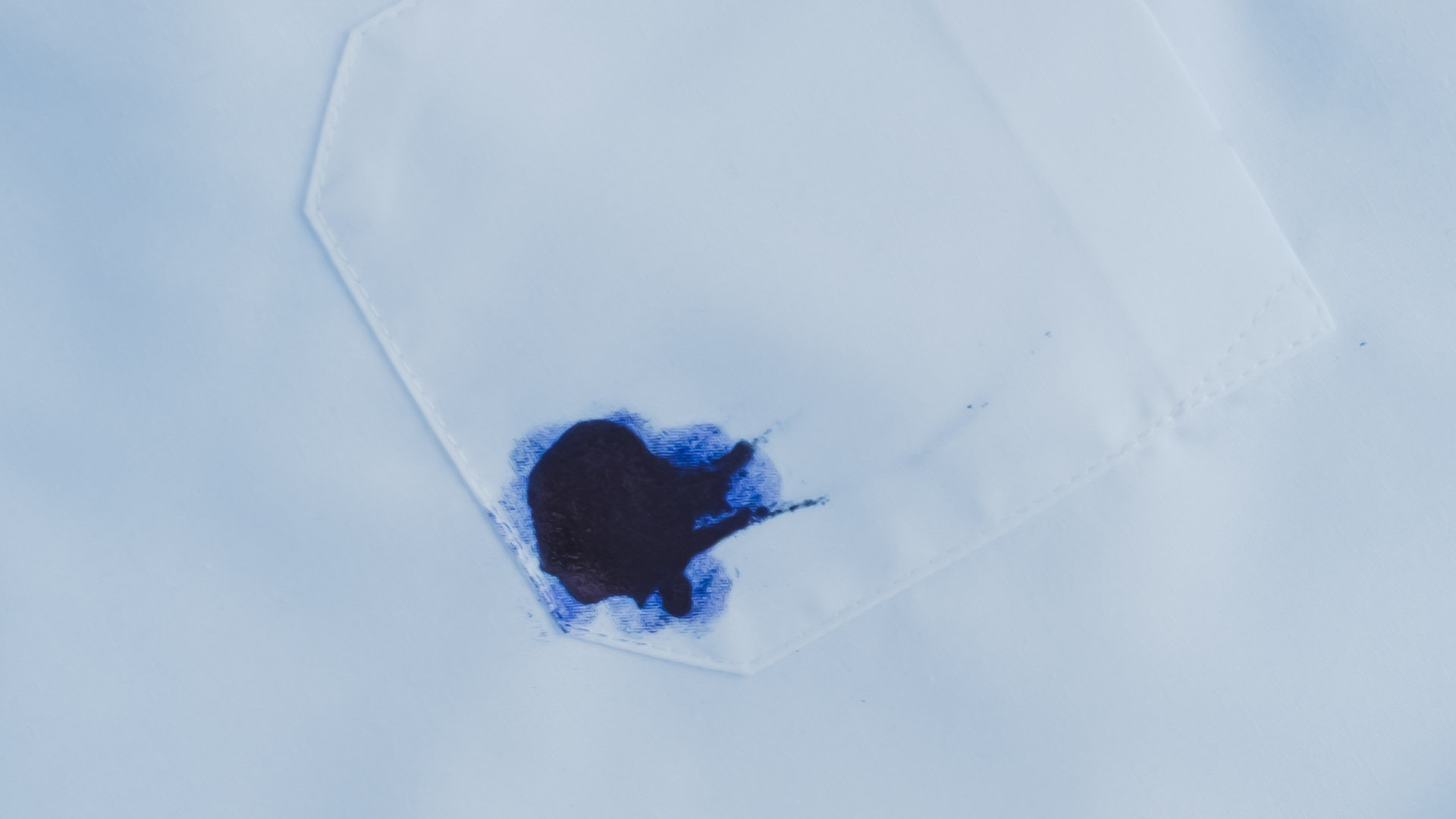
How to Get Ink out of Your Dryer the Easy Way

Why Is My Fridge Making Noise That Stops When the Door Is Open?
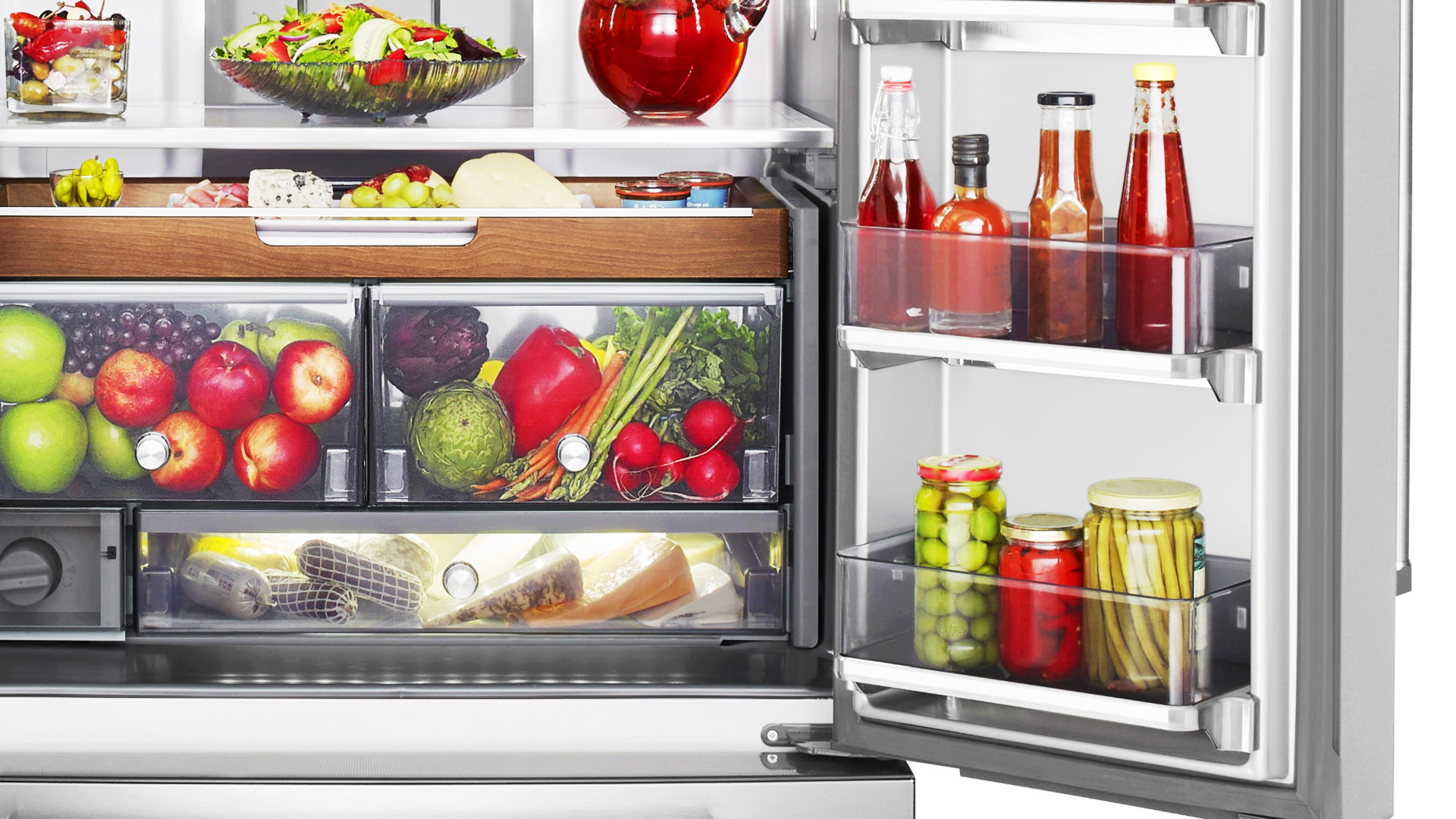
Frigidaire Refrigerator Error Code H1: Causes & Solutions
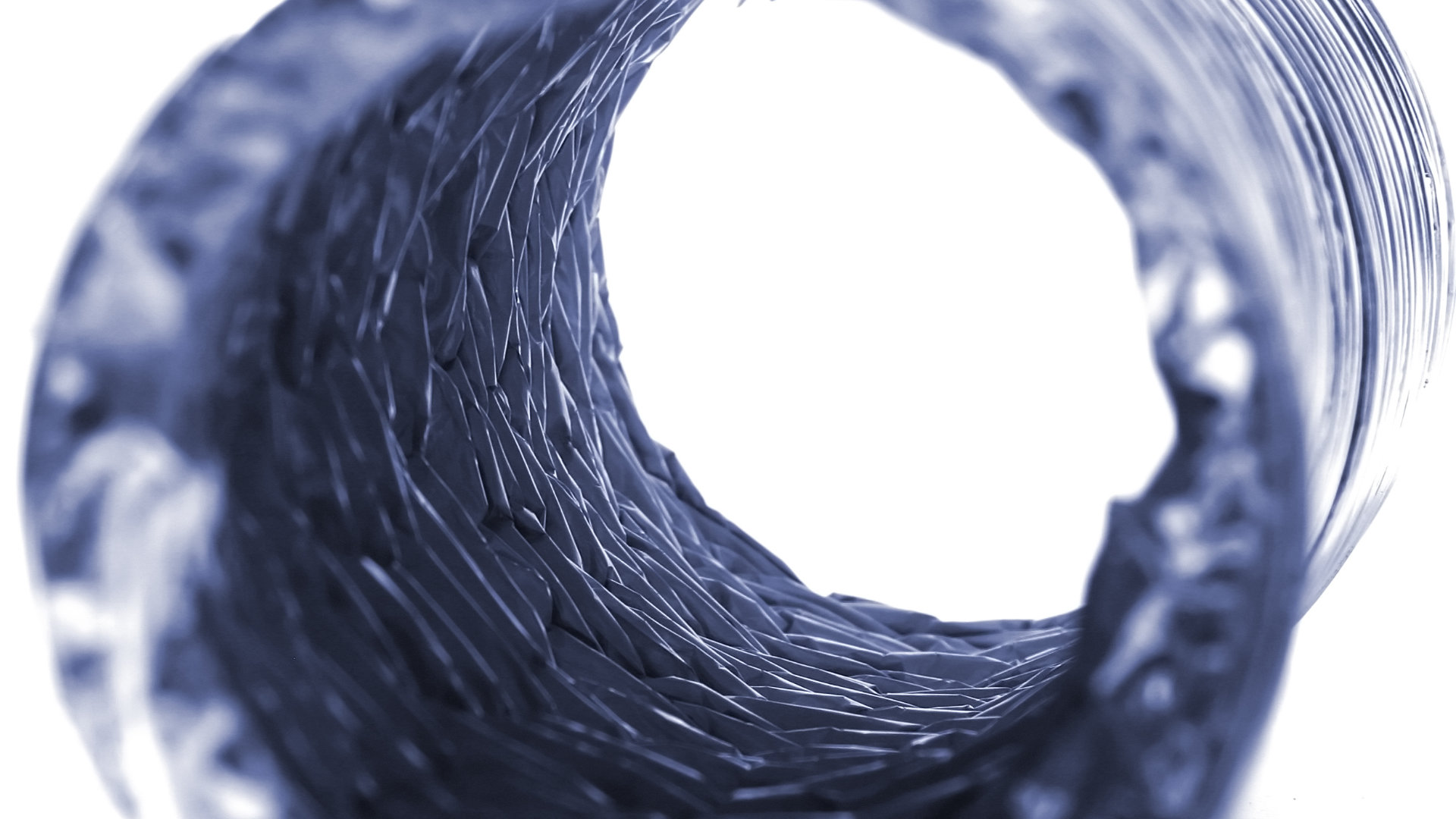
How to Clean a Dryer Vent Without Moving the Dryer
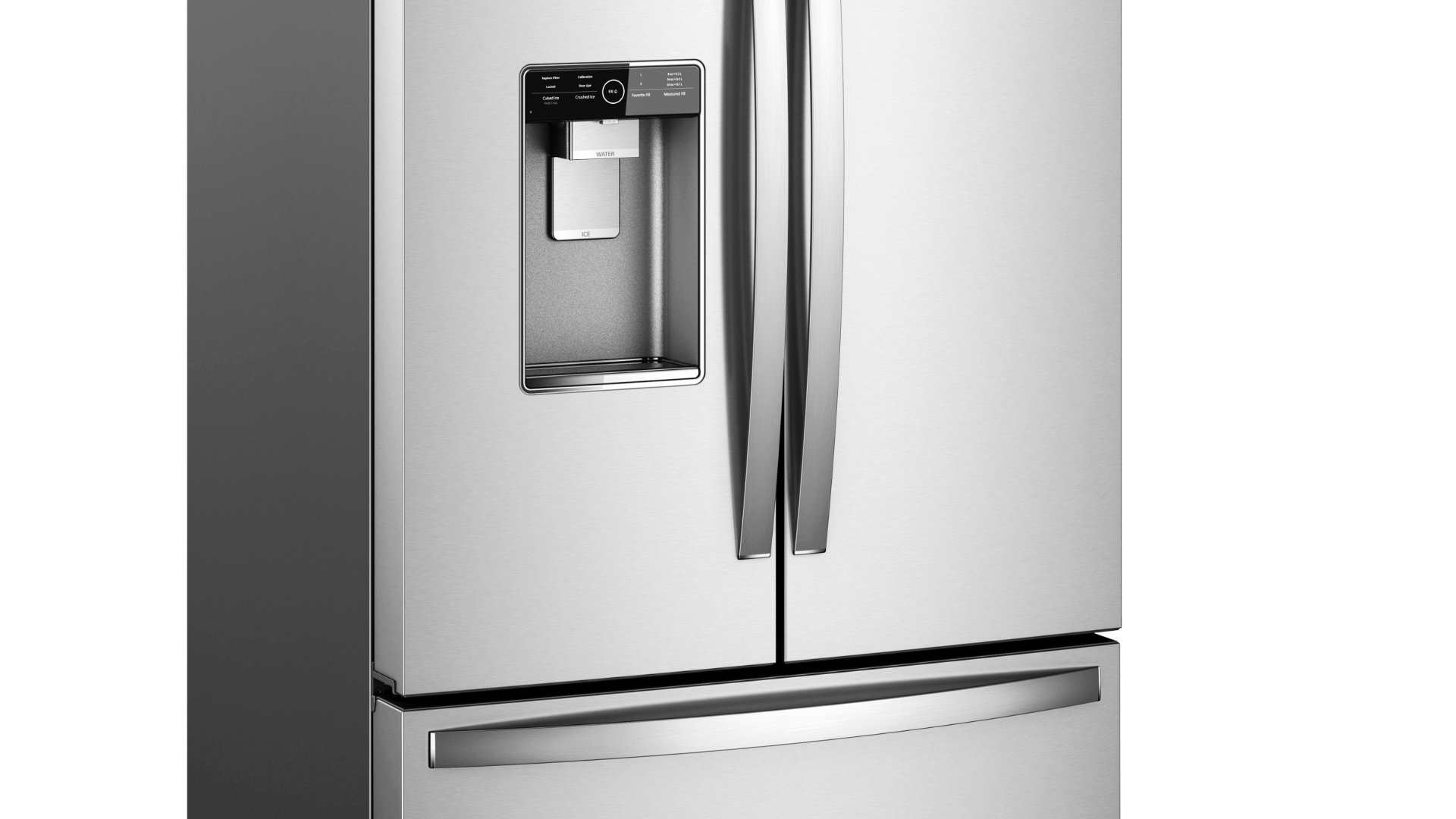
9 Reasons Your LG Refrigerator Isn’t Cooling
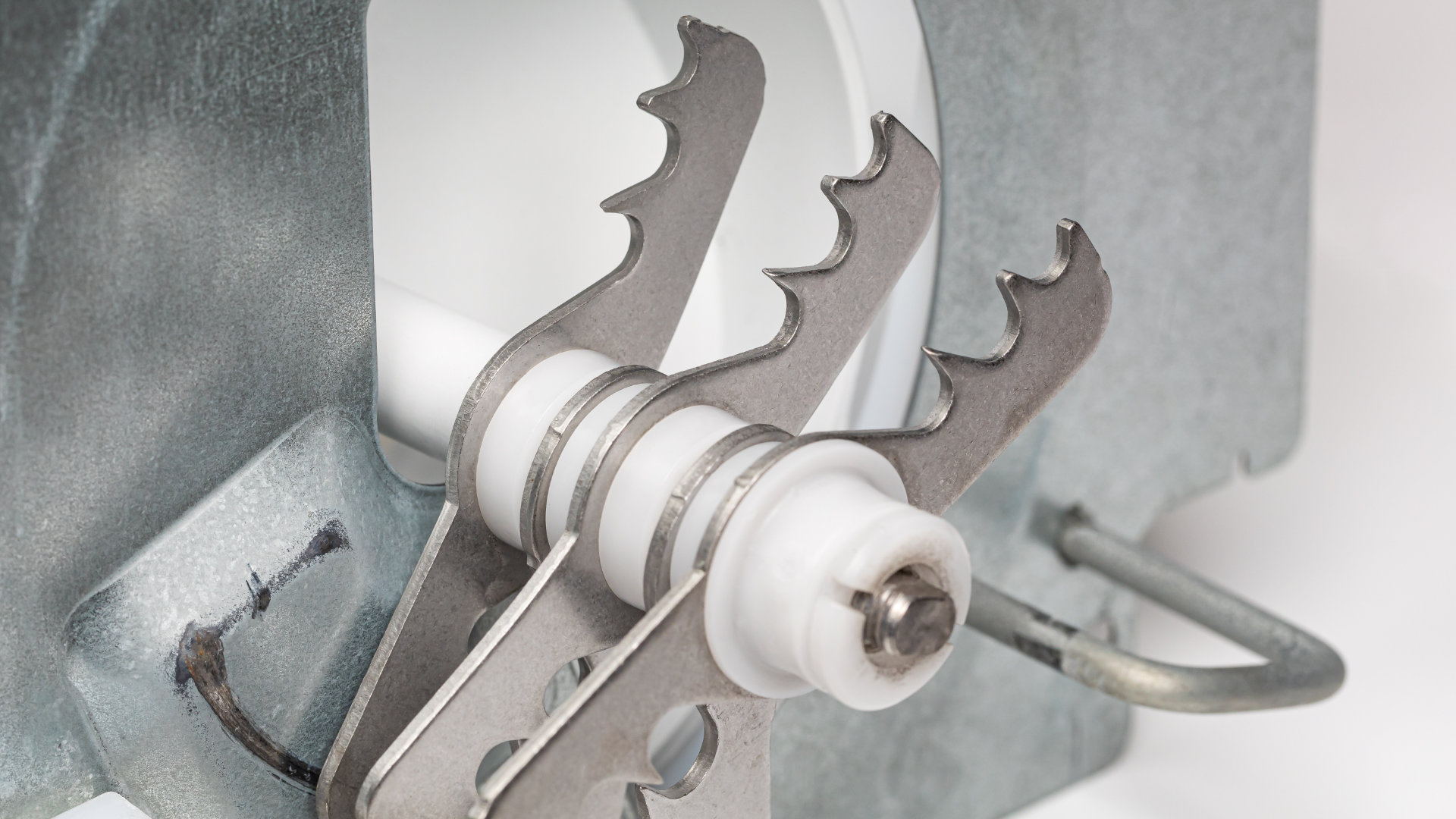
LG Refrigerator Not Making Ice? Here’s What To Do!
